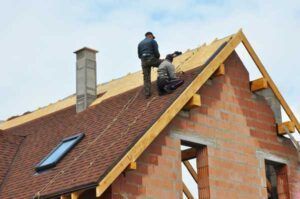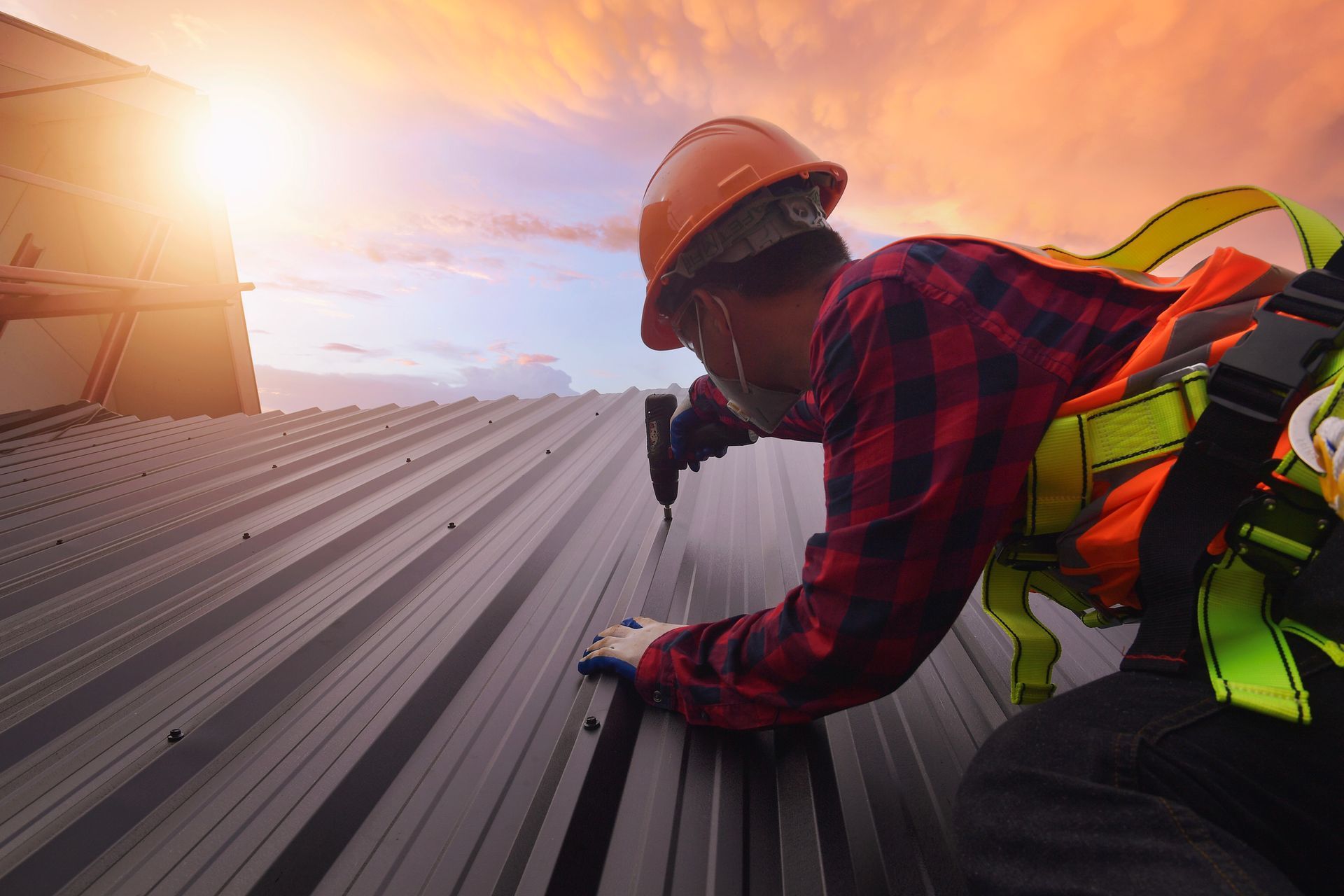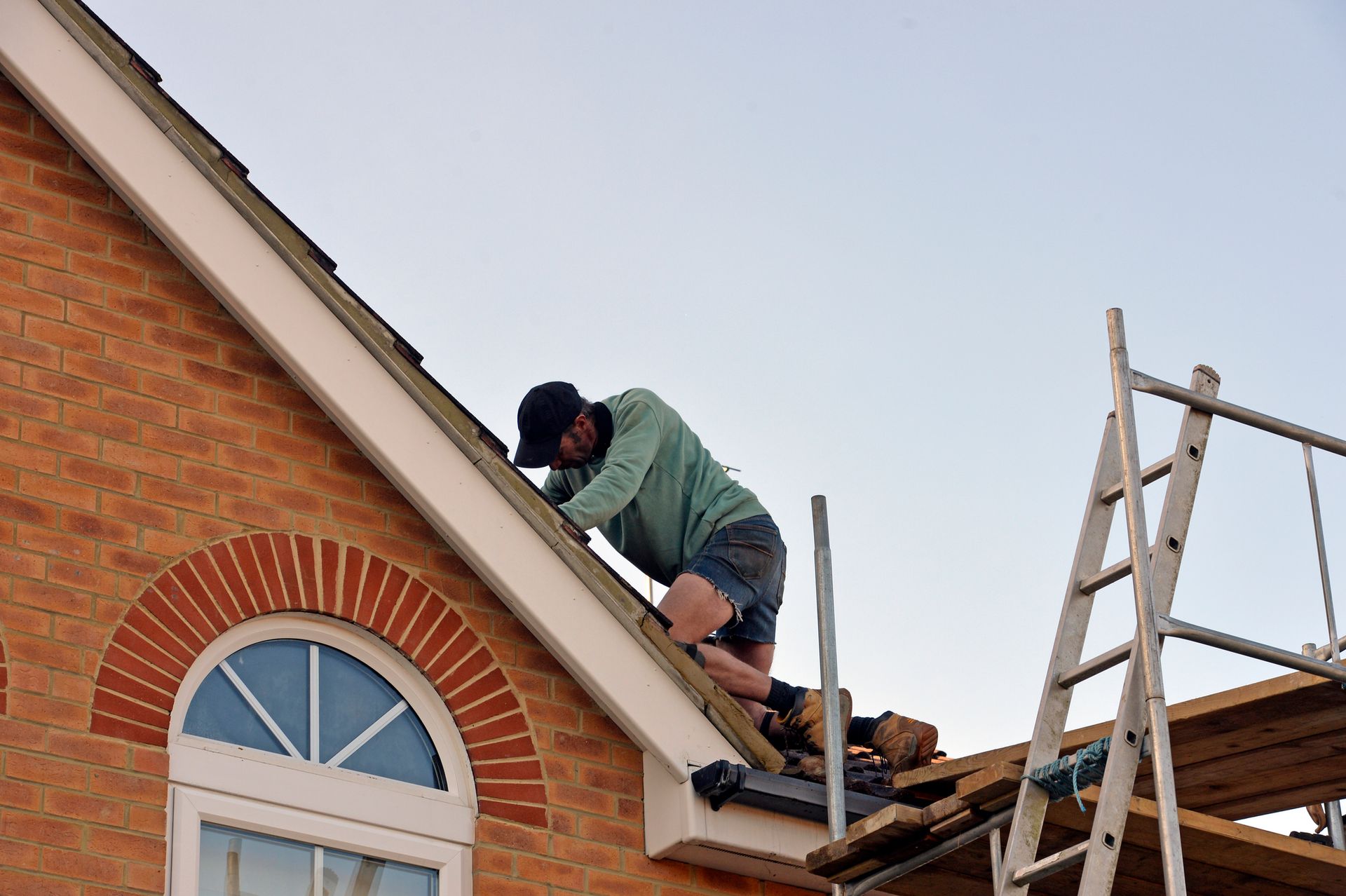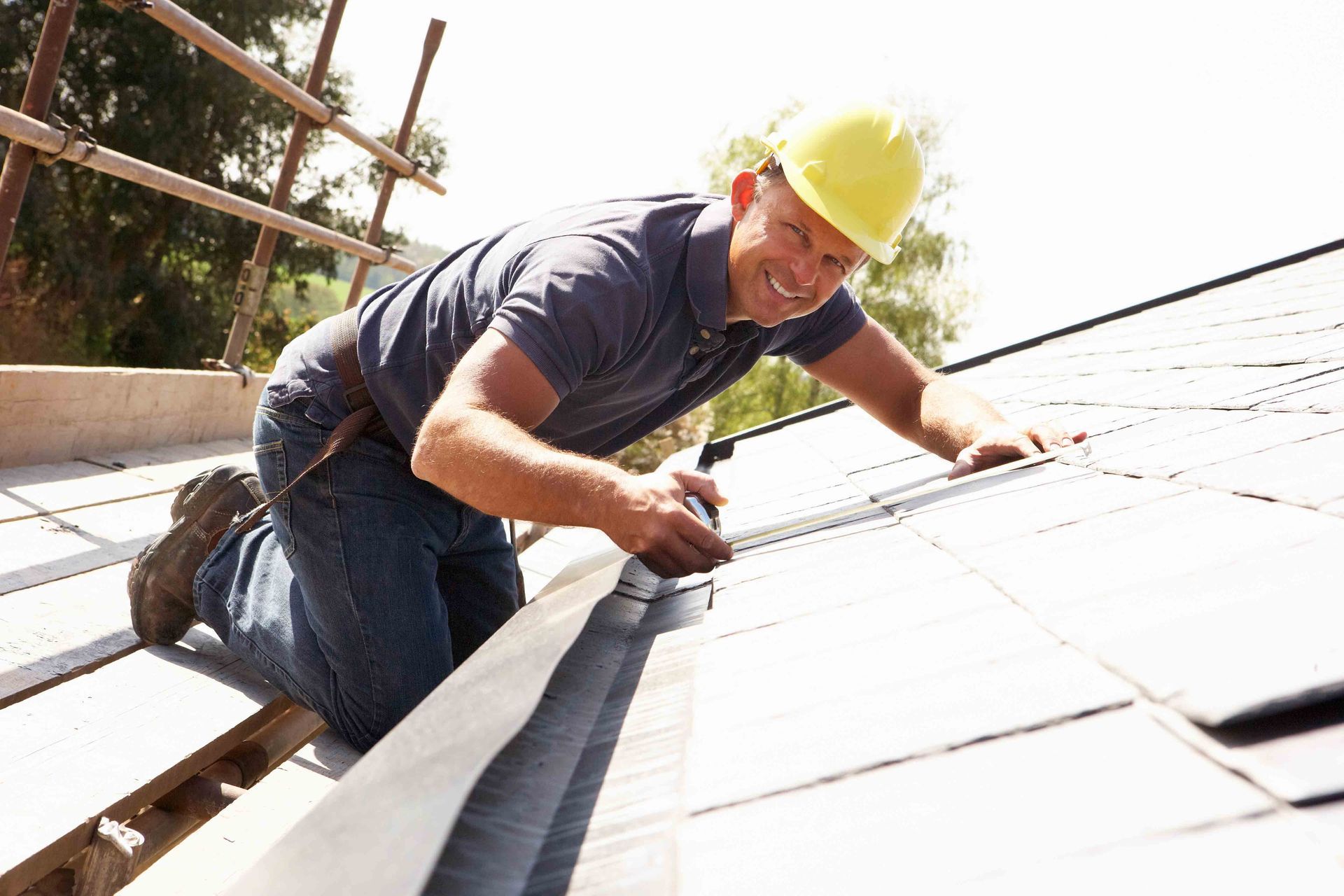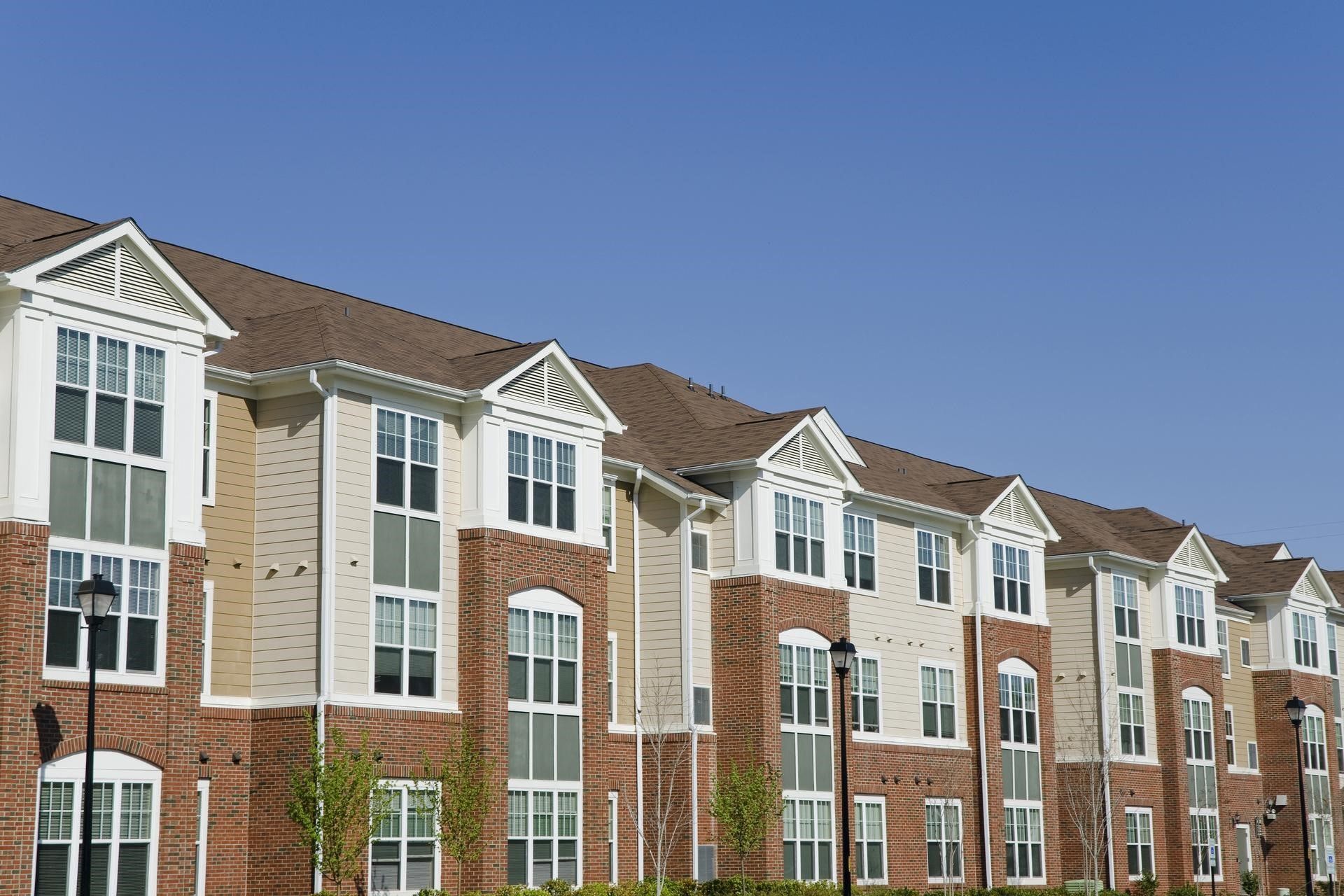4 Parts of the Roof You Shouldn’t Skimp On
A roof is not a single structure; it is a complex construction composed of multiple individual parts. You should know the significance of each of these parts so you can tell which of them are critical and require careful consideration during construction. Here are some parts of the roof to give careful consideration.
-
Materials
You can choose from dozens of roofing materials for your next roof, and all of them mean different things for your roof. Your choice of roofing material determines the following things:
Durability
No roofing material lasts forever, but some last longer than others. Asphalt shingles, for example, rarely last more than three decades . Slate, on the other hand, can last as long as 150 years. Choose your roofing material wisely if durability is important to you.
Maintenance
Slate, tile, and metal roofing are some of the low-maintenance options. Wood and asphalt shingles require relatively more maintenance than slate and tiles. Opt for slate if you have the money and want a roof that you can install and forget about other than the occasional cleaning.
Fire Resistance
The roofing industry places the fire resistance of roofing materials into three categories , Class A, Class B, and Class C. Class A materials have the highest fire resistance, Class B materials have average resistance, and Class C have the least fire resistance. Class A materials are the best if your home faces high fire risks, for example, if your area experience frequent wildfires.
-
Ventilation
Proper roof ventilation ensures that the space between the roofing insulation and the roofing material is the same temperature as the outside temperature. Your roofing material suffers and deteriorates faster if the temperature in this place is above the outside temperature.
For example, if you don’t vent your roof properly, the air above the insulation will heat up and affect the materials above it. Damage due to inadequate ventilation also occurs when hot air melts the ice on the roof, and water from the melted ice refreezes on the edge of the roof to form ice dams. Ice dams increase the risk of roof leaks and gutter damage.
-
Insulation
Roof insulation is necessary for energy efficiency and your home’s comfort. Without proper insulation, the outside temperature can affect your home, and your house can also lose heat to the outside environment. Such interference can easily leave your home colder or hotter than it should be, and your HVAC unit will also overwork.
These two factors determine how much insulation your house needs:
- The local climate — homes in moderate climates don’t require as much insulation as homes in extreme climates.
- The R-value of the insulation — the R-value is the insulation’s ability to resist heat flow. You need more of an insulation material with a low R-value.
Skimp on insulation, for example, by use of inferior material, and you will pay for it in terms of energy inefficiency and discomfort.
-
Support Structures
Lastly, you must also ensure that your roofing material has the best structures to support it. Don’t buy high-quality shingles and then lay them over inferior materials that can’t last a decade or so. Things like support beams, tension bars, and braces must fit the shape, size, and location of the roof for maximum support.
The only way to ensure your roof is properly designed and constructed, with the right materials, is to let a professional roofing company work on it. D.S. Bahr Construction, Inc., has the personnel, skills, and experience to give your home the roof it deserves. Contact us for a quote on all roofing services you may need.
The post 4 Parts of the Roof You Shouldn’t Skimp On appeared first on D.S. Bahr Constraction, Inc.

